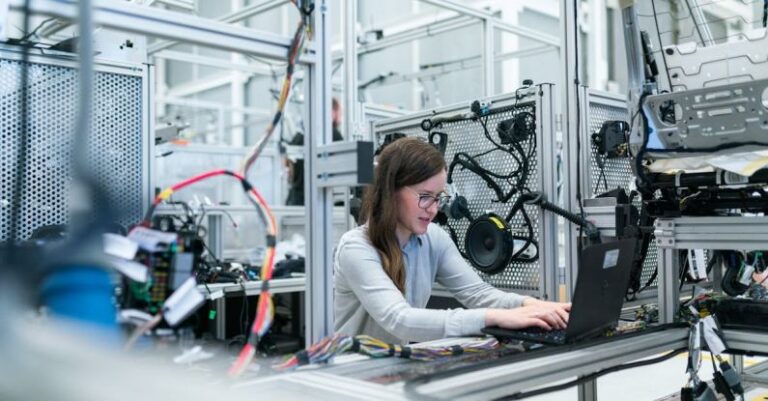
Robotic systems have been increasingly integrated into various aspects of daily life, offering convenience, efficiency, and assistance in tasks that may be challenging for certain individuals. Among the demographic that stands to benefit significantly from this technological advancement are the elderly. As the population continues to age, the need for innovative solutions to support independent living and enhance quality of life for older individuals has become paramount. In this context, the question arises: How user-friendly are robotic systems for the elderly?
**Navigational Assistance**
One of the key areas where robotic systems have found application in assisting the elderly is in providing navigational support. For many older individuals, mobility can become a challenge, whether due to physical limitations or cognitive decline. Robotic devices equipped with mapping capabilities and sensors can help seniors navigate their surroundings safely and efficiently. From guiding individuals through complex environments to alerting them of potential obstacles, these systems offer a sense of security and independence.
**Medication Management**
Another critical aspect of daily life for many seniors is medication management. Keeping track of various medications, dosages, and schedules can be overwhelming, especially for those with multiple prescriptions. Robotic systems can step in to provide reminders, dispense medications at the right times, and even alert caregivers or healthcare providers in case of missed doses. By streamlining this process, these systems contribute to better adherence to medication regimens and overall health outcomes.
**Social Interaction**
Loneliness and social isolation are common challenges faced by many older adults, particularly those living alone or in care facilities. Robotic systems designed to provide companionship and social interaction can help alleviate feelings of isolation. Whether through engaging in conversations, playing games, or simply offering a presence, these robots can enhance the emotional well-being of seniors and foster a sense of connection.
**Home Automation**
Maintaining a safe and comfortable living environment is essential for the well-being of older individuals. Robotic systems integrated with smart home technologies can automate various tasks, such as adjusting lighting, controlling room temperature, or even monitoring home security. By simplifying these functions through voice commands or preset schedules, seniors can enjoy greater convenience and peace of mind within their homes.
**Personal Care Assistance**
Tasks related to personal care, such as grooming, dressing, and hygiene, can become challenging for seniors with limited mobility or dexterity. Robotic systems equipped with assistive capabilities, such as robotic arms or wearable devices, can aid individuals in carrying out these activities independently. By offering discreet support and ensuring privacy, these systems empower seniors to maintain their dignity and autonomy in their self-care routines.
**Financial Considerations**
While the potential benefits of robotic systems for the elderly are significant, it is essential to consider the financial implications of adopting such technologies. Cost can be a barrier for many seniors, especially those on fixed incomes or with limited access to resources. Additionally, ongoing maintenance and support services may add to the overall expenses associated with robotic systems. Finding ways to make these technologies more affordable and accessible to a broader range of older adults is crucial for maximizing their impact.
**In Conclusion**
Robotic systems hold immense promise in enhancing the quality of life for elderly individuals by providing assistance in various aspects of daily living. From navigational support and medication management to social interaction and personal care assistance, these technologies offer tailored solutions to address the unique needs of seniors. While there are considerations regarding affordability and accessibility, ongoing advancements in robotics continue to drive innovation in creating user-friendly solutions for the elderly population. As the field evolves, the potential for these systems to positively impact the lives of older adults remains a promising prospect.





